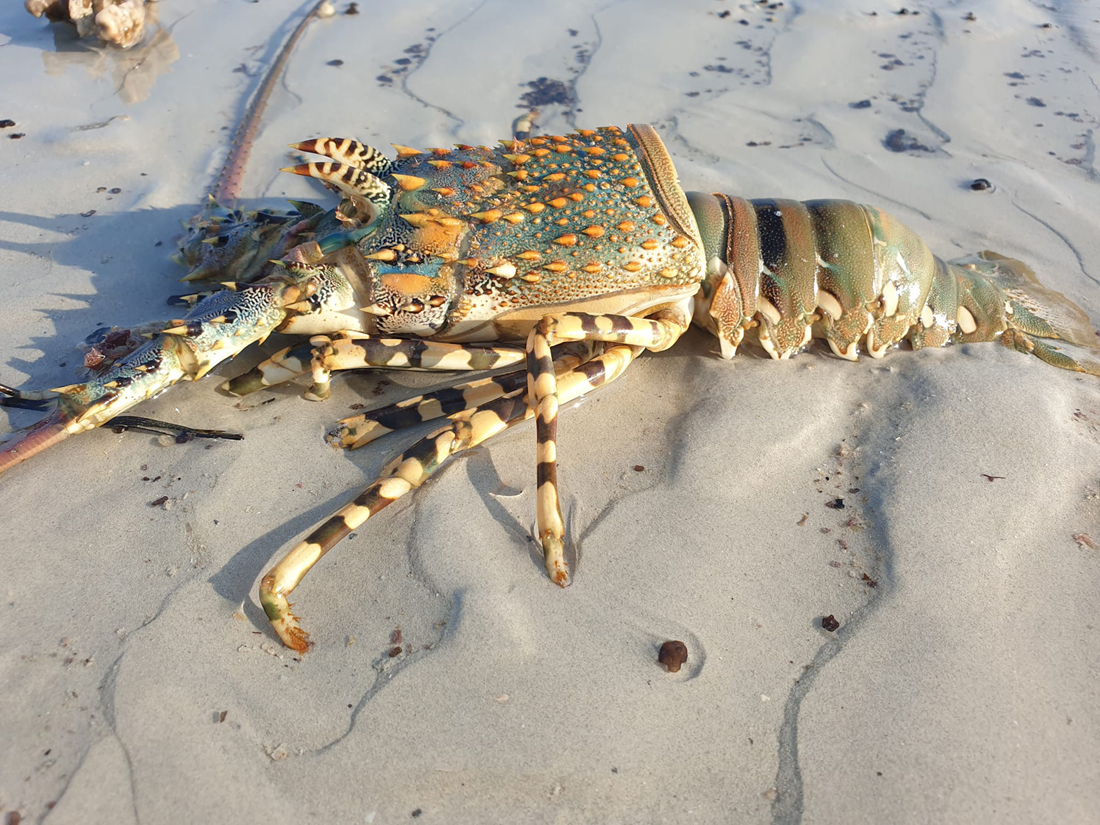 Marine Environment - Broome WA
Marine Environment - Broome WA 
Marine ID Australia is a helpful Facebook resource as is ID Please (Marine Creature Identification)
iNaturalist Broome Sea grass page: https://inaturalist.ala.org.au/people/broome_seagrass_cmp

The Ramsar Convention on Wetlands of International Importance Especially as Waterfowl Habitat is an international treaty for the conservation and sustainable use of Ramsar sites. It is also known as the Convention on Wetlands. It is named after the city of Ramsar in Iran, where the convention was signed in 1971. Australia currently has 67* Ramsar wetlands that cover more than 8.3 million hectares. Ramsar wetlands are those that are representative, rare or unique wetlands, or are important for conserving biological diversity. https://www.dcceew.gov.au/water/wetlands/ramsar ROEBUCK BAY IS LISTED IN RAMSAR COVERING AN AREA OF 34,119 HECTARES. |
ANEMONE (Link)
Ascidians
 |
Stalked colonial ascidian, commonly known as sea squirts Purple Ascidian (Sigillina cyanea) |
 |
Undescribed sea anemone. How beautiful are the colours Sharmaine Donnelly-Chorlton |
 |
| Red organism found at low tide on intertidal mudflat of Roebuck Bay near the port. Red organism appears to be attached to algae - potentially Halimeda. (Courtesy Broome Sea Grass Group) |
Barnacles
 |
|
Goose barnacles (Jillian Walley) |
 |
Large Genus Tetraclita Tetraclita is a genus of sessile barnacles in the family Tetraclitidae. There are more than 20 described species in Tetraclita and this barnacle is commonly seen along the coast of Broome. |
Bioluminescence
"Does anyone know who lights up Dampier Creek flats at night? Whenever the water was disturbed little lights appear".
 |
| "An arthropod called Ostracod. 1 to 4mm in size, we don't know how many species we have in the bay yet but what I have found is there are 2 different colours emitted when disturbed, metallic blue and a metallic green, I am not sure if the different colours means seperate species or some other reason. https://ocean.si.edu/oce.../invertebrates/you-light-my-world" Grace Maglio |
Blue Button
 |
Blue Button (porpita porpita) photo bk Porpita porpita stings usually do not hurt but can cause skin irritation. They have gaseous bodies which allow them to float on the surface and are propelled by wind and ocean currents. |
Chitons
 |
Coastal field guide Chitons or polyplacophorans, are adapted for life on rocky surfaces in the wave-washed intertidal zone. They are oval in shape, having eight separate shell plates (resembling and functioning as armour) that overlap to protect the chiton's back. A tough, scaly tissue called the girdle surrounds this shell. Lacking eyes and tentacles, these vegetarians use their radula (rasping tongue) to scrape algae off rocks.
Photo:Miles Penegar |
Clam
 |
Noah's Giant Clam Tridacna noae (photo Sharmaine Donnelly-Chorlton |
CORAL and SPONGES (Link)
CRABS (Link)
Cushion Seastar
 |
(Culcita novaeguineae) Photo: Linda Oakford |
Eels (Link)
Feather Grass
 |
Feather grass living on the tops of the rocks (photo bk) |
Feather Star (Link)
Fireweed
 |
Fireweed, beautiful but stingy (Sharmaine Donnelly-Chorlton) |
Fish species (Link)
Jellyfish (Link)
2012 -The sea tomato - or red jellyfish - is blooming, an event that hasn't occurred since 2006
Lobsters
Mangrove Mud lobster Beagle Bay - Bradley Engelbrecht. One past sighting at Wirrkinymirri (Willie Creek).
Ornate rock lobster, the Painted one has striped legs. (photo: Louise Brown) .... tasteless
Mussels
Freshwater mussels
https://en.wikipedia.org/wiki/Freshwater_bivalve
Freshwater bivalves , as their name implies, are composed of two halves, or a left and right valve, connected via a soft ligament along a hinge.
"Once larvae are released into the water column they become semi-parasitic and attach to the gills of freshwater fish. They attach to a host where they grow into juvenile adults while doing little to no damage to the fish host".
"I suspect these have been attached to a duck, or something else that flies"
The species of freshwater mussels found in Australia and New Guinea are unique to the region and are not found any where else in the world.
As indicators of aquatic health
Mussels live in stable environments and are sensitive to pollution so their presence indicates good conditions for other aquatic animals. They have a long life span and are sedentary, so when they disappear it is a warning that something is awry.
Their significant cultural value
Freshwater mussels were an important source of food for Indigenous Australians. Middens containing large numbers of mussel shells are widespread alongside rivers and lakes. Aboriginals also used mussel shells as tools.
Nudibranch (Link)
OCTOPUS (Link)
SEA CUCUMBERS (Link)
 |
|
Egg mass of a Moon Snail, 'Polinices sordidus' |
Shells (Link)
Shrimp (Link)
Squid eggs (Sharmaine Donnelly-Chorlton)







 On one occasion I saw a 9 metre killer whale jump completely out of the water at Gantheaume Point. It was black and white in colour - can swim at 40 kilometres an hour - gives birth to live young.
On one occasion I saw a 9 metre killer whale jump completely out of the water at Gantheaume Point. It was black and white in colour - can swim at 40 kilometres an hour - gives birth to live young.



